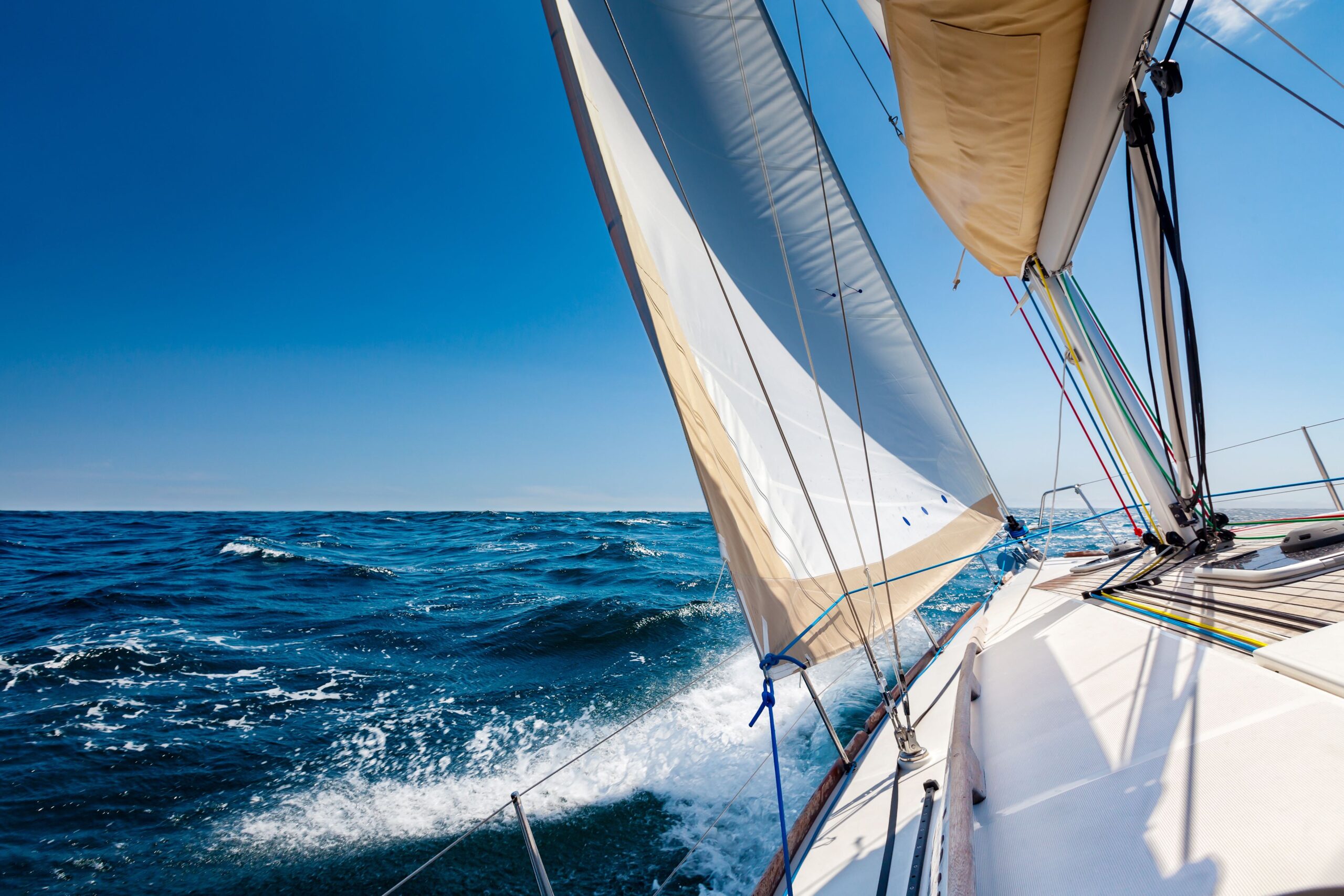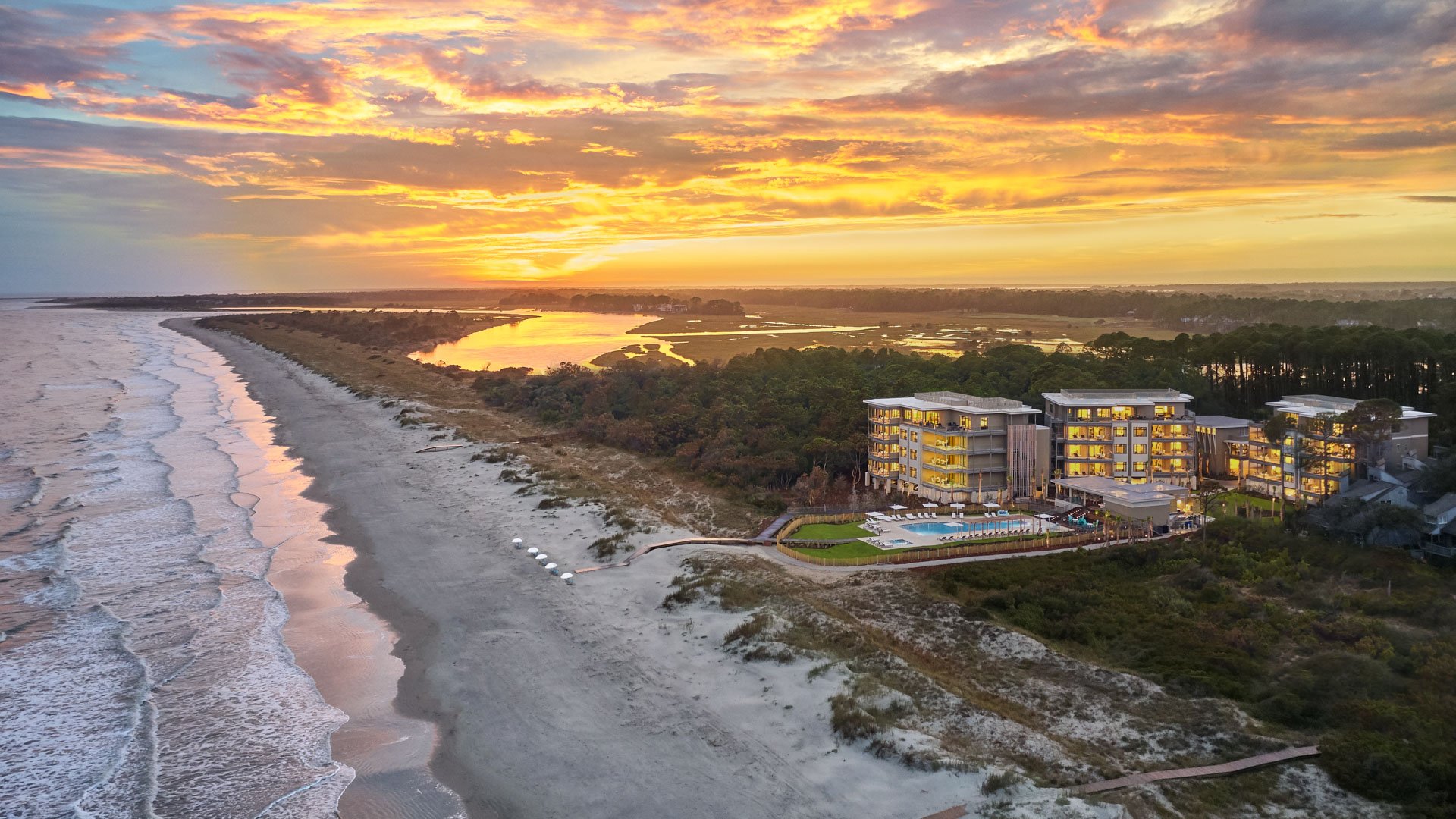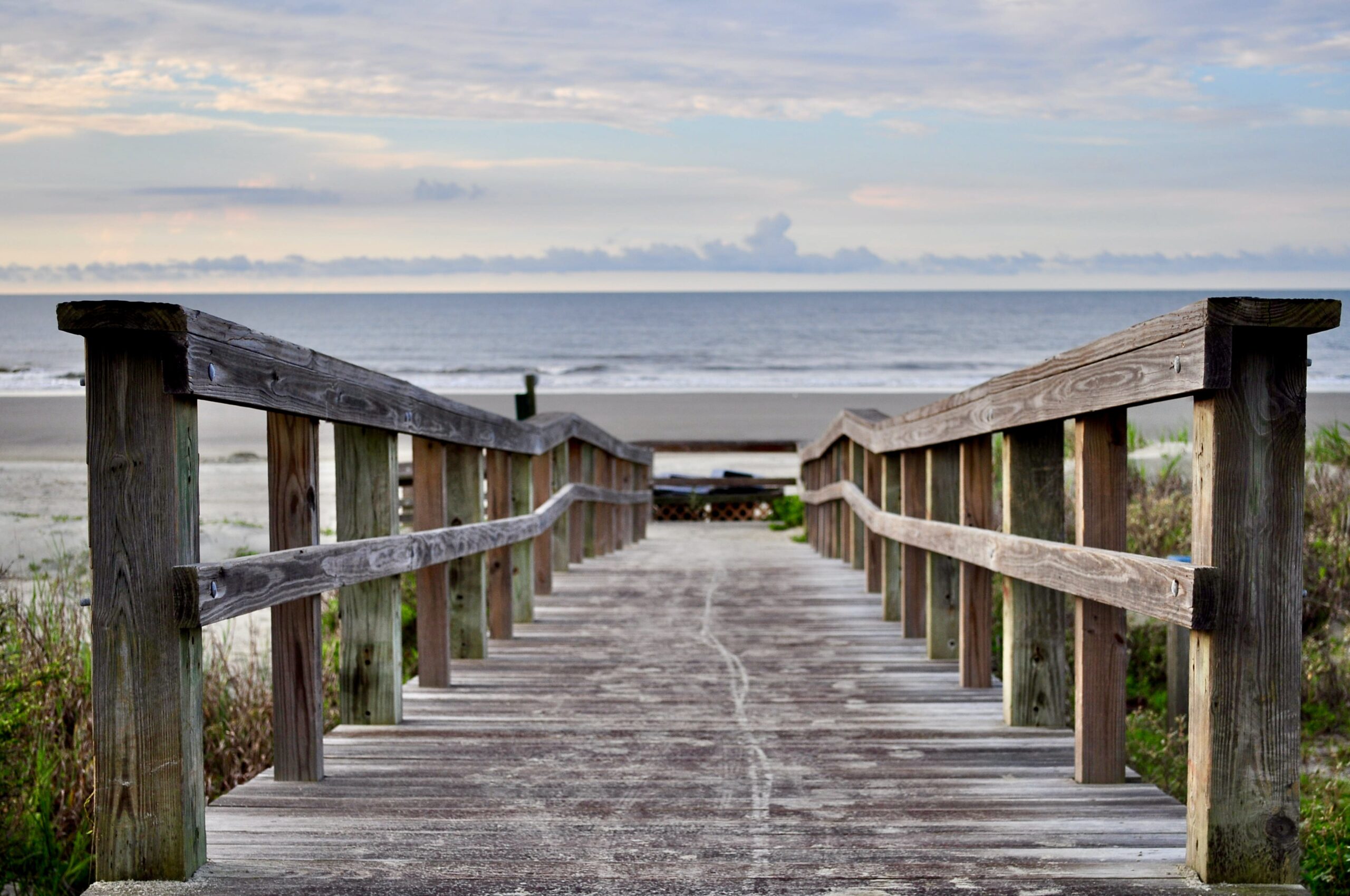Walk on the Wild Side
March 12, 2020

Kiawah island is a nature-lover’s paradise and is home to 18 different species of mammals, 30-plus species of reptiles and over 300 different types of birds. Of these many cool creatures, most notable on the island are the majestic loggerhead sea turtle, the bottlenose dolphin, the elusive bobcat and finally, the oft-spotted, white-tailed deer. The island is home to several conservation efforts, and there are many ways to view our magnificent neighbors.
Perhaps the least well-known is the bobcat, whose population on Kiawah Island is more than double the typical density in South Carolina. These elusive animals, usually between 15 and 25 pounds, can actually be found all over the island but tend to stay away from humans. If you happen to spot one, it will most likely between occur between dusk and dawn. The bobcats of Kiawah Island are a vital part of the ecosystem, as they manage rodent populations, and because of their importance, researchers from around the world come to Kiawah to study them. Many have been tagged and are currently GPS-tracked, and you can follow their adventures from kiawahisland.org.
The white-tailed deer is another one of Kiawah’s wildlife populations, with over 500 of the species residing on all parts of the island, and are very frequently visible. Of note: During winter the deer appear to be gray, but in the summer months the deer are a reddish color. Kiawah Island’s deer are smaller than their Northeastern and Midwestern counterparts, which allows them to more easily adapt to the warmer summer temperatures. The deer are skittish, so to view them it is important to be very quiet (note that the best viewing hours are between dusk and dawn). One of the most unique and compelling views of the deer are on the dunes of the beach from the Timbers Kiawah balconies, a truly amazing sight unique to our maritime location.

Another unique wildlife ecosystem of Kiawah Island are the bottlenose dolphin populations. The dolphins around the island weigh around 500 pounds on average and are six to 10 feet in length. Kiawah Island is one of the world’s few places where visitors can witness dolphins strand feeding, whereby dolphins hunt fish by rushing them to the shore during low tide and temporarily beaching themselves to capture the “stranded fish”—an incredible spectacle when viewed from the recommended 15 yards or more. Strand feeding is a common occurrence primarily during spring and fall and can best be seen within three hours of low tide each day at Captain Sam’s Inlet—a quick cruiser ride from Timbers Kiawah. To learn more about dolphins the best time to catch them strand feeding, visit with our concierge team for locals’ tips and tricks.

And last but certainly not least—and maybe most iconic to Kiawah Island—is the loggerhead turtle, one of only seven species of marine turtles still in existence today. The turtles begin nesting around mid-May until early August. Each nest contains between 100 to 150 eggs, and after about two months, the hatchlings make their way through the sand into the surf. When the turtles are grown, they weigh between 170 and 315 pounds.
To nest, the turtles make their way onto the shores of Kiawah Island. The volunteer Turtle Patrol partners with the South Carolina Department of Natural Resources to monitor and protect the nests—an effort Timbers Kiawah has been proud to support.
If you are interested in learning more about experiencing wildlife on Kiawah Island, please ask our concierge team for the best places and times for viewing that remain respectful of our wilder neighbors.







